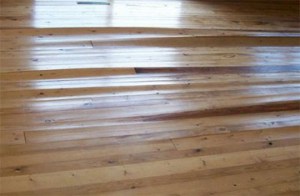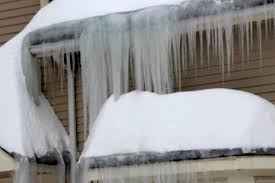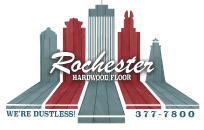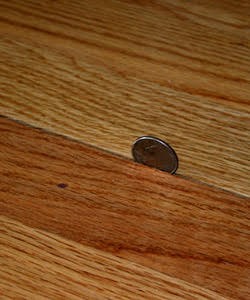ICE DAMMING
CALL US TODAY IF YOU ARE EXPERIENCING THESE PROBLEMS
 |
 |
During the cold winter months when the snow falls and the temperatures remain low, a phenomenon known as ice damming can occur on your roof. Left unchecked, ice damming can do substantial damage to both your roof and the interior of your home, so it pays to know what to look for and what to do about it.
Ice damming begins when snow piles up on the roof and outside temperatures remain low enough that it doesn’t melt off from above. At the same time, heat being lost from inside the house begins to melt the snow from below. As the bottom of the snow layer melts, a thin film of water begins to form between the top of the roofing and the underside of the snow. This water runs down the top of the roof, beneath the snow, until it reaches the eaves.
Once at the eaves, the water is past the end of the attic, so no more heat is being lost from the house to keep the water warm enough to remain a liquid, allowing it to re-freeze into a solid dam of ice along the eaves. If the snow remains on the roof and the outside temperatures remain below freezing, the process will continue to repeat itself, and here is where the real danger starts.
As water keeps running down the roof and hitting the ice dam, it has no where to go but back up the roof, where it can work up under the shingles and lift and damage them as it freezes. When the outside temperatures eventually rise again, or when the ice dam gets over the heated portion of the attic once more, it melts. The water now has the opportunity to get inside the house, where it can cause a considerable amount of damage to the attic framing, insulation, drywall, and your hardwood floors!
WHAT TO LOOK FOR
Luckily, there are warning signs that alert you to the formation of an ice dam. One of the most obvious is icicles hanging over the edge of the roof, which indicate the melting and freezing cycle of the snow on the roof and are often an indicator that an ice dam is forming. The larger the icicles, the larger the ice dam is above them.
You may also see smaller icicles coming out of eave vents, or even behind siding boards. This is an indication that water has now gotten into the attic or has dripped down behind the siding, which typically indicates a more severe problem. The appearance of water stains along the corner between the ceiling and an exterior wall is another indicator that water has gotten into the attic, wetting the insulation, making its way down the drywall and causing your hardwood floors to warp and buckle.
HOW TO REPAIR ICE DAM FLOOR DAMAGE ?
We can repair ice damming damage on floors.
Please call Rochester Hardwood Floor for a FREE personal consultation regarding your damage. We can match any floor and have been repairing, refinishing and installing floors for over 25 years.
For your FREE Personalized Consultation Call 585-377-7800



